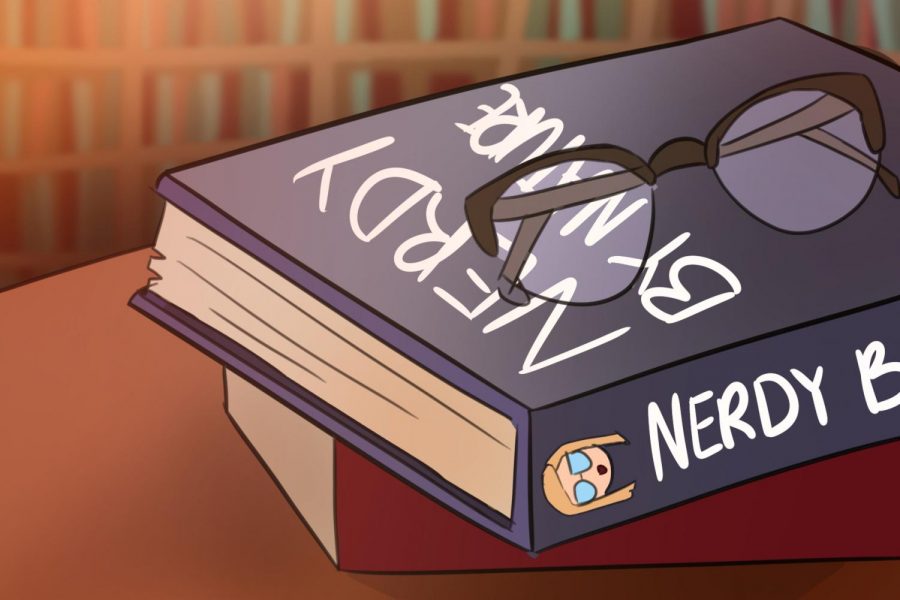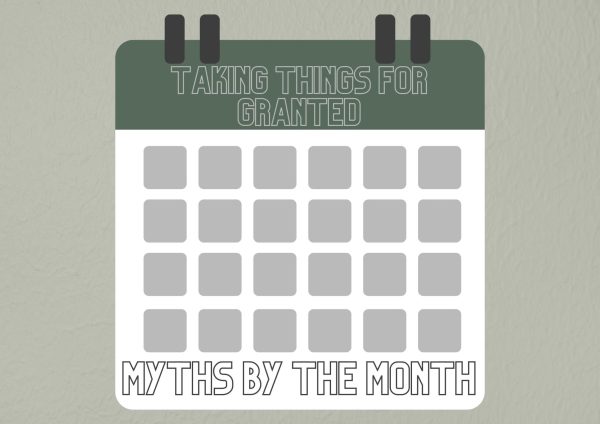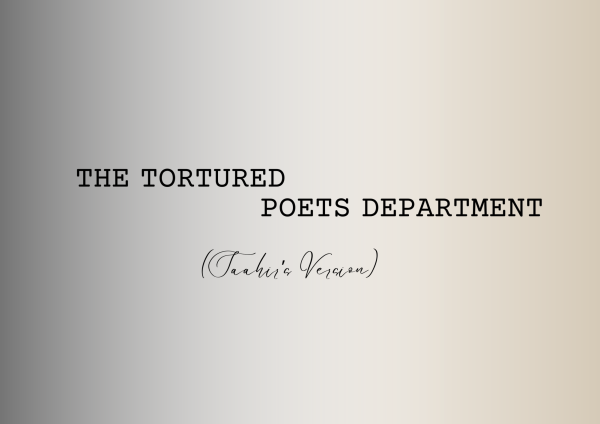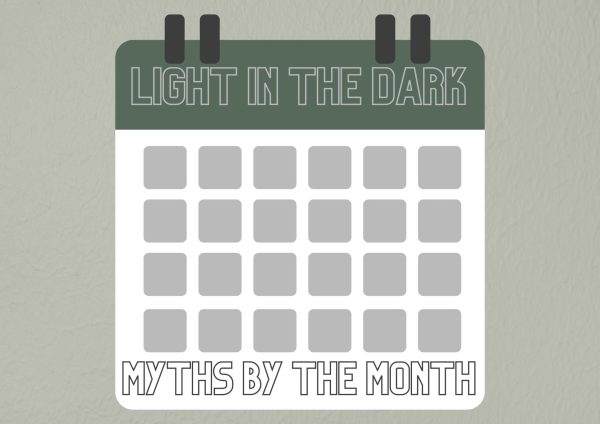“The Goldfinch” book review
“The Goldfinch” by Donna Tartt tells the life story of Theodore Decker. When he was 13, Theo and his mother were victims of a terrorist attack on a museum in New York; his mother was killed, but Theo miraculously survived. Theo escaped from the rubble of the museum with a painting that his mother loved called “The Goldfinch” by Carel Fabritius (1654). Theo floats through his life in many different living situations, and the presence of the stolen painting and memories of his mother attached to said painting are the only constants in his life. Because the painting is stolen and worth millions of dollars, the paranoia of getting caught with it drives Theo’s actions throughout his adult life.
I had extremely high hopes for this book, seeing as it had won many prestigious awards and has been hailed as a modern classic, but I am infuriated and confused as to why masses of critics and book lovers continually praise this novel. In the beginning of the narrative, I absolutely loved the voice and flow Tartt used to describe the moments of the attack on the museum, but soon, the book became rambling nonsense for the next 700 pages. Cut down to 300 pages, this book could have been a masterpiece. But at 771 pages, the book was overconfident in its own beauty, wisdom and worthwhileness.
Many reviewers have extolled “The Goldfinch”’s Dickensian nature, which means it features an abundance of abused orphans, the ineptitude of civil servants, attention to class/social status, wordiness and a shambling plot that spans throughout a lot of time. I agree that these things were present, but I did not like any of them. In fact, these were the sources of most of the problems I had with the novel. My main grievances with this novel are its pretentious tone and lack of plot. In the first half, the plot plunders along, but after the initial set-up, things just continue along with no real tension, mystery or sense of purpose to drive you to turn the pages. And everything – each object, setting, conversation, item of clothing, facial feature, crack in the sidewalk – every little thing is described in minute and tedious detail. It was utterly exhausting to read. Tartt could have cut out at least 300 pages of the rambling, poetically incoherent mess.
Would you like to read 16 pages about the smell and the feel of the back seat of a taxi? This book is for you. Would you like to learn an art lecture from a pretentious fictional woman who is making things up left and right about the deeper meaning of each work of art? This book is for you. Would you like to read the inner musings of a whiny boy who worries, gripes and reminisces about everything? This book is for you. I have not read Tartt’s two other critically acclaimed novels and despite my strong dislike of “The Goldfinch,” I do plan to read “The Secret History.” Hopefully it can provide for me what “The Goldfinch” did not, but that remains to be seen – or read.

Senior Hailey Dirks is the Managing Editor and this is her second year on staff. In her free time, she loves reading, listening to music, painting and...













